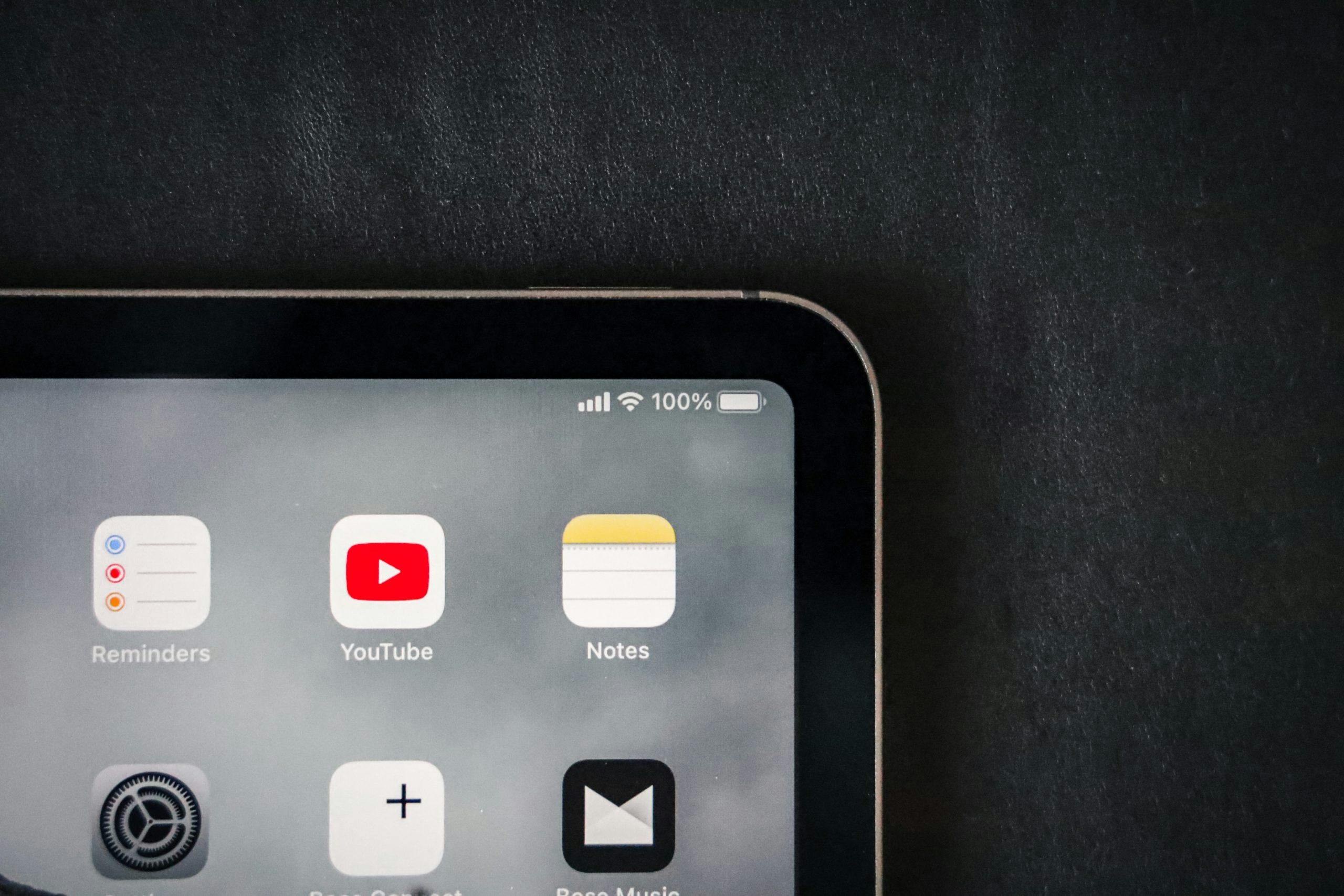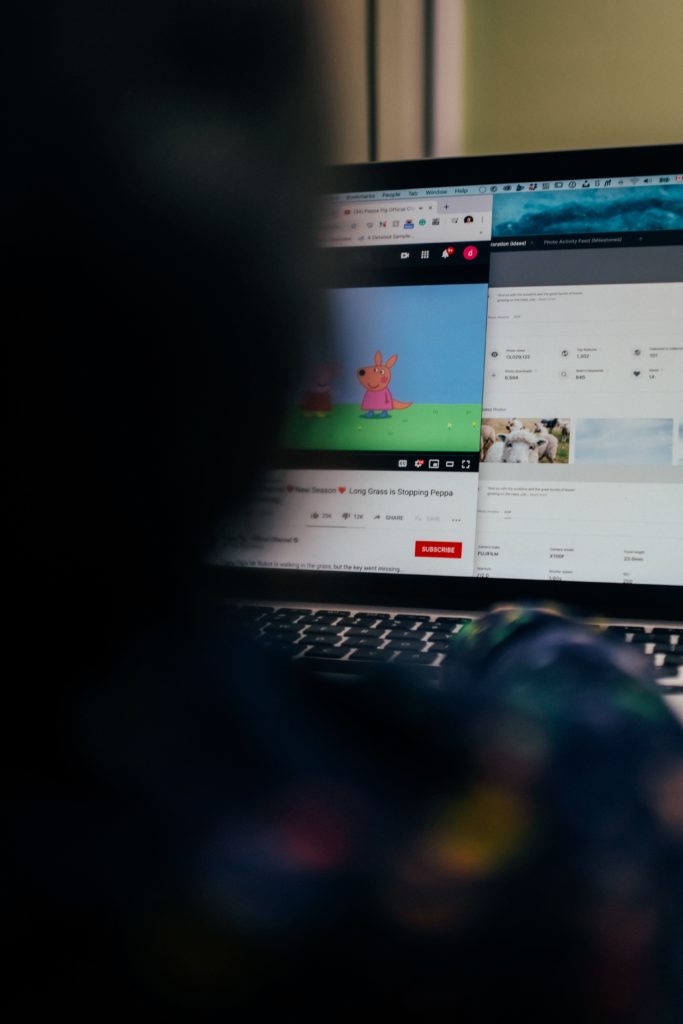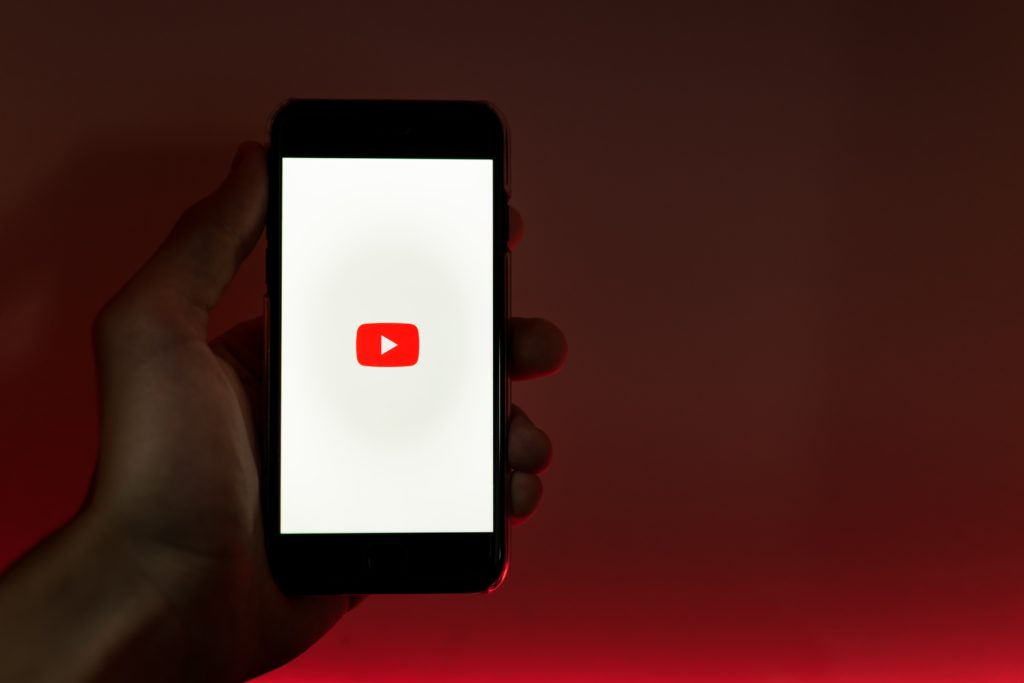


In the ever-evolving landscape of the video streaming platform, YouTube stands out as a dominant force. With millions of YouTube creators uploading content daily, the platform has become a significant income stream for many.
However, the specter of YouTube demonetization looms large, causing concern for many content creators. This article aims to demystify the reasons behind YouTube demonetization and offer guidance on how to prevent it.

YouTube’s primary source of revenue is advertising. Advertisers pay to have their ads shown alongside video content. However, not all video content is deemed suitable for advertising. To ensure that the platform remains advertiser-friendly, YouTube has established the YouTube Partner Program, which sets out advertiser friendly content guidelines.
When a YouTube video or an entire channel violates these guidelines, YouTube can demonetize videos or even get the entire channel demonetized. This means that the content creator will no longer earn ad revenue from the demonetized video or channel.
The #1 to make money online with TikTok Search (FREE TRAINING)


Navigating the vast world of YouTube as a content creator requires a clear understanding of the platform’s guidelines. Two of the most critical sets of rules are the Advertiser-Friendly Content Guidelines and the Community Guidelines. Here’s a brief overview of both:
YouTube’s Advertiser-Friendly Content Guidelines ensure that the content on the platform is suitable for a broad range of advertisers. Video monetization requires that you adhere to these guidelines which are more likely to earn ad revenue. Key points include:
The Community Guidelines ensure that YouTube remains a safe platform for all users. They cover a broader range of topics than the Advertiser-Friendly Content Guidelines. Key aspects include:
Nudity and Sexual Content: Explicit content or content that’s intended to sexually exploit someone is not allowed.
Hateful Content: Content that promotes hate or violence against individuals or groups based on attributes is prohibited.
Violent or Graphic Content: Extreme or gratuitous violence is not allowed on YouTube.
Harassment and Cyberbullying: Content that harasses, threatens, or bullies others is not permitted.
Spam, Misleading Metadata, and Scams: Any deceptive practices, like clickbait or impersonation, are against the guidelines.
Dangerous Content: Content that encourages dangerous or harmful activities, especially if they have inherent risks, is not allowed.
Child Safety: Exploitative or harmful content involving minors is strictly prohibited.
For content creators, understanding and adhering to YouTube’s Advertiser-Friendly Content and Community Guidelines is crucial. Not only does it ensure a positive environment for viewers, but it also maximizes the potential for earning ad revenue. As YouTube continues to evolve, staying updated with these guidelines will be essential for long-term success on the platform.

Yes, if YouTube demonetizes your content and you believe it was done in error or that your content adheres to their guidelines, you can contest the decision. Here’s the process you should follow:
1. Review YouTube’s Guidelines: Before you appeal, ensure you’ve thoroughly reviewed both the Advertiser-Friendly Content Guidelines and the Community Guidelines. This will give you a clear understanding of whether your content genuinely adheres to YouTube’s standards.
2. Check the Video’s Status: In the YouTube Studio, go to the “Monetization” page to see the status of your video. If it’s been demonetized, there will typically be a yellow dollar sign icon next to it.
3. Request a Review: If you believe the demonetization was a mistake:
4. Fill Out the Appeal Form: You’ll be prompted to fill out a form where you can provide more information about your video. Be as detailed as possible, explaining why you believe your content adheres to YouTube’s guidelines.
5. Wait for a Response: Once you’ve submitted your appeal, YouTube will review your video. This process can take anywhere from a few hours to several days, depending on the volume of reviews. YouTube will notify you of their decision via email.
6. Possible Outcomes: There are three potential outcomes:
7. Continuous Learning: If your appeal is successful, that’s great! However, if it’s not, take it as a learning opportunity. Try to understand YouTube’s feedback and adjust your future content accordingly.
While the demonetization process can be frustrating for creators, it’s essential to approach the appeal process with a clear understanding of YouTube’s guidelines. Being respectful and providing detailed information in your appeal can increase the chances of a favorable outcome.
The #1 to make money online with TikTok Search (FREE TRAINING)

A: YouTube demonetization refers to the process where a video on YouTube is deemed ineligible to earn revenue through advertising. When a video is demonetized, it means that the creator will not receive ad revenue from that specific video, even if ads are shown to viewers.
A: YouTube may demonetize videos that violate its advertiser-friendly content guidelines. This can include content that is sexually suggestive, violent, harmful or dangerous, hateful, involves harassment or bullying, or promotes harmful substances, among other reasons.
A: If your video has been demonetized, you will see a yellow dollar sign icon next to the video in your Video Manager. Additionally, YouTube will typically send an email notification explaining the reason for demonetization.

A: While demonetization itself doesn’t directly affect video visibility or search ranking, videos that violate YouTube’s community guidelines may be suppressed in search results or recommendations.
A: Yes, inappropriate or harmful comments can lead to video demonetization. It’s essential to monitor and moderate the comments section to ensure compliance with YouTube’s guidelines.
A: Yes, creators can explore other monetization methods such as channel memberships, Super Chat, merchandise shelf, and YouTube Premium revenue. Additionally, creators can use affiliate marketing, sponsored content, or direct viewer support through platforms like Patreon.
A: Typically, when a video is demonetized, it becomes ineligible for most types of ads. However, in some cases, YouTube might still display non-personalized ads on demonetized videos.
Remember, the key to avoiding demonetization is to stay informed about YouTube’s guidelines and ensure your content aligns with them. Regularly reviewing and updating your content can also help in maintaining a monetized status for your videos.

While the threat of having a video demonetized or an entire channel demonetized can be daunting, understanding YouTube’s guidelines and taking proactive steps can help content creators avoid YouTube demonetization.
Make sure that you keep updated on the best ways to monetize your YouTube channel here.
By producing high-quality, guideline-compliant content, creators can ensure a steady flow of advertising revenue and continue to thrive on the world’s largest video streaming platform.





